AIMS
- To introduce the research workshops.
- To emphasize the importance of having a question/idea to writing.
1. RESEARCH WORKSHOPS
The research workshops are small group tutorials where students can share there experiences and work so far with each other.
Students will be asked to present their RESEARCH FILE, REFLECTIVE JOURNAL and CRITICAL RESEARCH REPORT DRAFT as work so far achieved...
24/10/13 = Aysha, Sujana, Sumneema.
7/11/13 = Claire, May, Sophie.
14/11/13 = Jess, Katy, Natalie.
There will be time at the end of each workshop for any student to speak to me individually.
CRITICAL RESEARCH REPORT DRAFTS DUE 28/11/13.
The research workshops are small group tutorials where students can share there experiences and work so far with each other.
Students will be asked to present their RESEARCH FILE, REFLECTIVE JOURNAL and CRITICAL RESEARCH REPORT DRAFT as work so far achieved...
24/10/13 = Aysha, Sujana, Sumneema.
7/11/13 = Claire, May, Sophie.
14/11/13 = Jess, Katy, Natalie.
There will be time at the end of each workshop for any student to speak to me individually.
CRITICAL RESEARCH REPORT DRAFTS DUE 28/11/13.
2. HAVING A QUESTION/IDEA IN WRITING
This week's QUOTE OF THE WEEK was selected thinking about BA1 starting on their reflective journals.
However see also the other quotes which I recorded on the QUOTE OF THE WEEK BLOG:
http://quoteoftheweekblog.tumblr.com/post/64032081446/quotations-margaret-atwood-the-year-of-the-flood
All of these quotes are relevant to art, design and education in various ways. I could have picked any of them in order to emphasize a particular point of learning.
See also with particular reference to BA3 and learning:
This week's QUOTE OF THE WEEK was selected thinking about BA1 starting on their reflective journals.
However see also the other quotes which I recorded on the QUOTE OF THE WEEK BLOG:
http://quoteoftheweekblog.tumblr.com/post/64032081446/quotations-margaret-atwood-the-year-of-the-flood
All of these quotes are relevant to art, design and education in various ways. I could have picked any of them in order to emphasize a particular point of learning.
See also with particular reference to BA3 and learning:
As with all knowledge, once you knew it, you couldn't imagine how it was that you hadn't known it before. (Atwood, 2010, p.224).
But Science is merely one way of describing the world. (Atwood, 2010, p.430).
Gaining knowledge is about moving forward.
There are more than one type of knowledge (and no right answers).
Think about your quotations from research in order to identify how you want to angle your writing.
There are more than one type of knowledge (and no right answers).
Think about your quotations from research in order to identify how you want to angle your writing.
CONCLUSION
If you are fed up with academic research here is another quote from this week's QUOTE OF THE WEEK book:
If you are fed up with academic research here is another quote from this week's QUOTE OF THE WEEK book:
Toby took up macrame, hoping it would cure her of her daydreaming and fruitless desires, and increase her focus on the moment. (Atwood, 2010, p.229).
WHAT HAVE YOU LEARNED?
WHAT HAVE I LEARNED?
The benefits of our work being online is that I still have to be organised and have this ready, even though I am not seeing you today...
WHAT HAVE I LEARNED?
The benefits of our work being online is that I still have to be organised and have this ready, even though I am not seeing you today...
REFERENCES
Atwood, M. (2010) The year of the flood. London: Virago.
Atwood, M. (2010) The year of the flood. London: Virago.

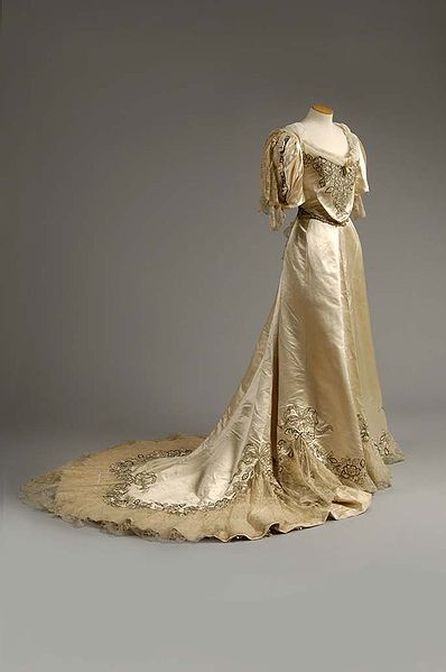


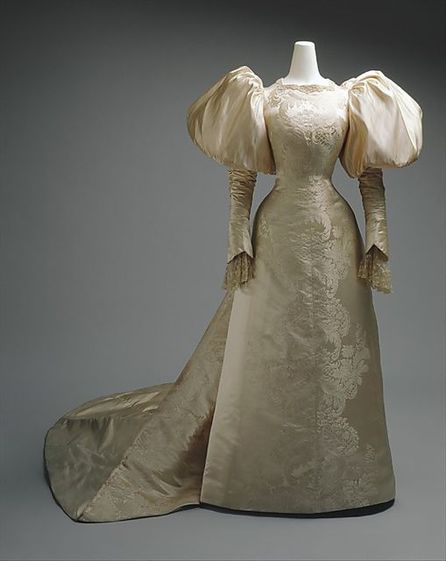

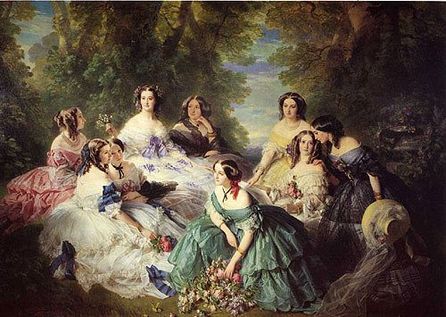


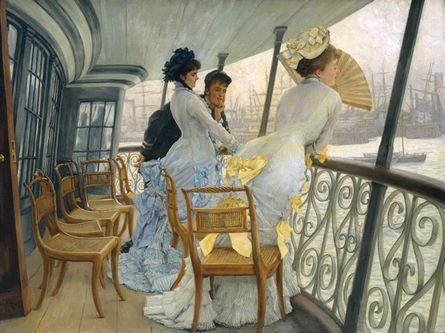
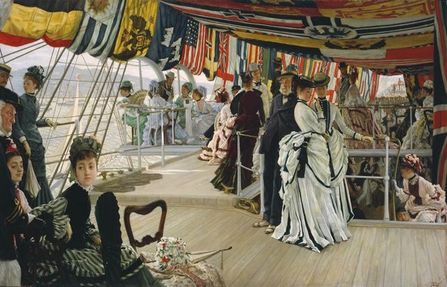
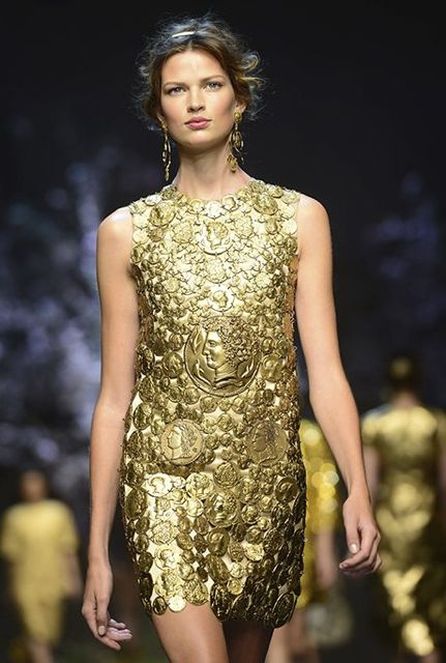





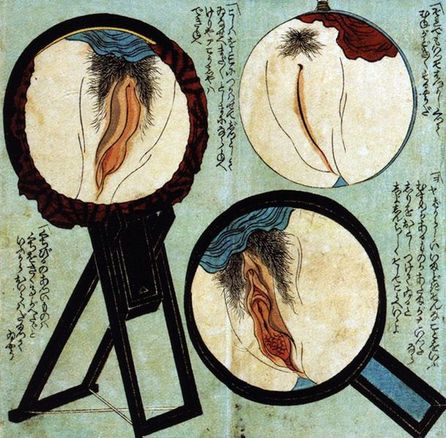
 RSS Feed
RSS Feed
